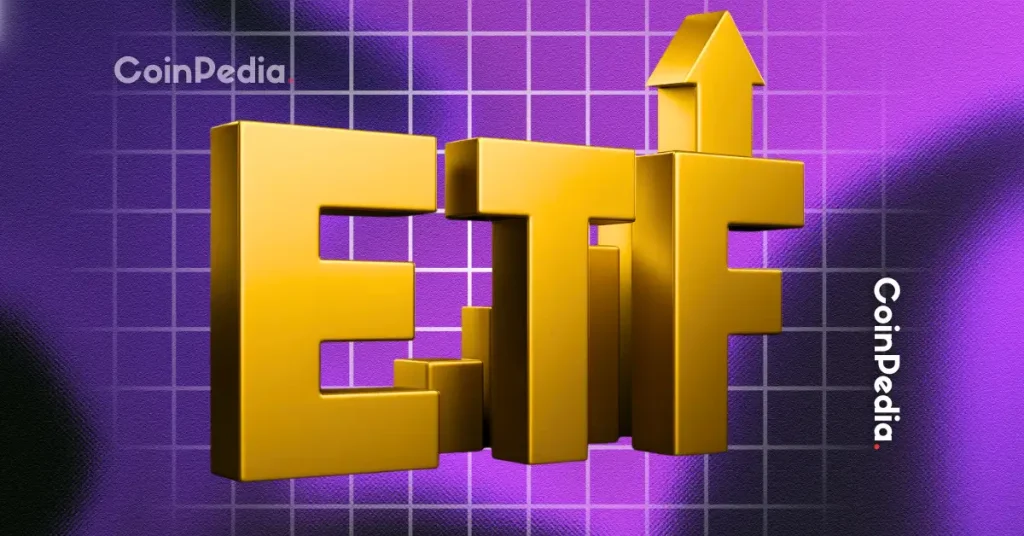Markets in Japan finally lost steam on Tuesday, just as global investors turned their attention to an upcoming meeting between U.S. President Donald Trump and Prime Minister Takaichi Sanae.
Trump landed in Tokyo on Monday and met with Emperor Naruhito, making him the first foreign leader to hang out with Takaichi since she took office.
But somehow, that excitement sent Japan’s Nikkei 225 down by 0.58%, closing at 50,219.18, snapping its run near all-time highs. The Topix index dropped even more, sliding by 1.18% to end the session at 3,285.87.
Traders across the world are currently waiting for signals from the Trump-Takaichi meeting, while also bracing for major global events like Big Tech earnings, a possible U.S. Fed rate decision, and another China trade twist.
Korea’s GDP beats as Kospi stumbles
While Japan stumbled, South Korea’s Kospi also dropped 0.8%, settling at 4,010.41, pulling back from its record high just a day earlier. However, the Kosdaq managed a tiny gain, ending at 903.3, its best level since April 2024. The real surprise came from South Korea’s economy, which posted third-quarter GDP growth that beat analyst expectations and showed the strongest expansion in over a year.
Bank of Korea data showed 1.7% year-on-year growth, better than the 1.5% predicted by economists polled by Reuters. Compared to Q2’s 0.6%, the improvement was sharp. Quarter-on-quarter, GDP rose 1.2%, again beating the forecasted 0.9%. Exports and manufacturing led the charge, with year-on-year gains of 6% and 3.3%, respectively. But construction took a hit, down 8.1% from the same period last year.
Export growth, driven by booming shipments of semiconductors and motor vehicles, was the fastest since Q3 of 2024.Still, Jin Choi, economist at HSBC, warned that “the annual rate was boosted by low base effects from last year.”
Jin said, “For Korea’s exports, we think there were relatively limited signs of frontloading, while global AI demand will likely continue to buttress Korea’s semiconductor exports.” On a quarterly basis, export growth slowed from 4.5% in Q2 to 1.5%, according to the Bank of Korea.
South Korea’s President Lee Jae Myung also spoke to Bloomberg, saying the country’s trade talks with the Trump administration remain stuck. The two sides are still clashing over the fine print of Seoul’s $350 billion investment pledge. “The US will of course try to maximize its interests, but it mustn’t be to the extent that causes catastrophic consequences for South Korea,” Lee warned.
The current deal, struck in July, imposed 15% tariffs on all Korean exports to the US, a cut from the earlier 25% Trump announced. In exchange, Seoul agreed to commit $350 billion into U.S. projects. Lee is expected to meet Trump later this week during the Asia-Pacific Economic Cooperation summit in Gyeongju.
Other Asia-Pacific markets mirrored Japan and Korea’s nervous energy. Australia’s S&P/ASX 200 dropped 0.48% to finish at 9,012.5. Hong Kong’s Hang Seng index fell by 0.51%, while China’s CSI 300 also lost 0.48%, according to data from CNBC.
Meanwhile, U.S. markets couldn’t care less about the Asia slump. The S&P 500 surged 1.23%, closing at 6,875.16, its first time above the 6,800 mark. The Nasdaq Composite jumped 1.86% to 23,637.46, boosted by Nvidia and other chip stocks. The Dow Jones added 337.47 points, or 0.71%, to settle at 47,544.59.
Get seen where it counts. Advertise in Cryptopolitan Research and reach crypto’s sharpest investors and builders.
















 English (US)
English (US)